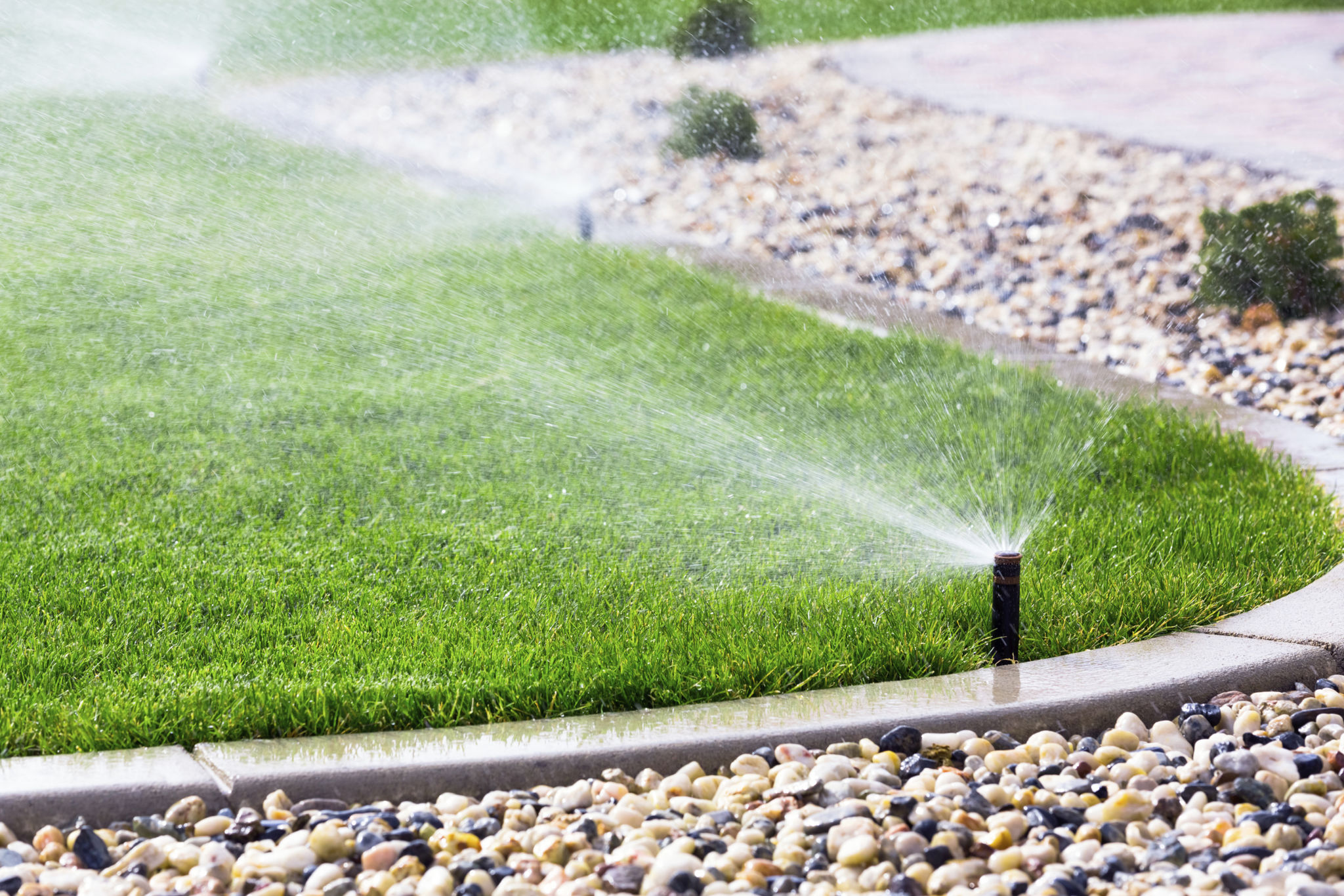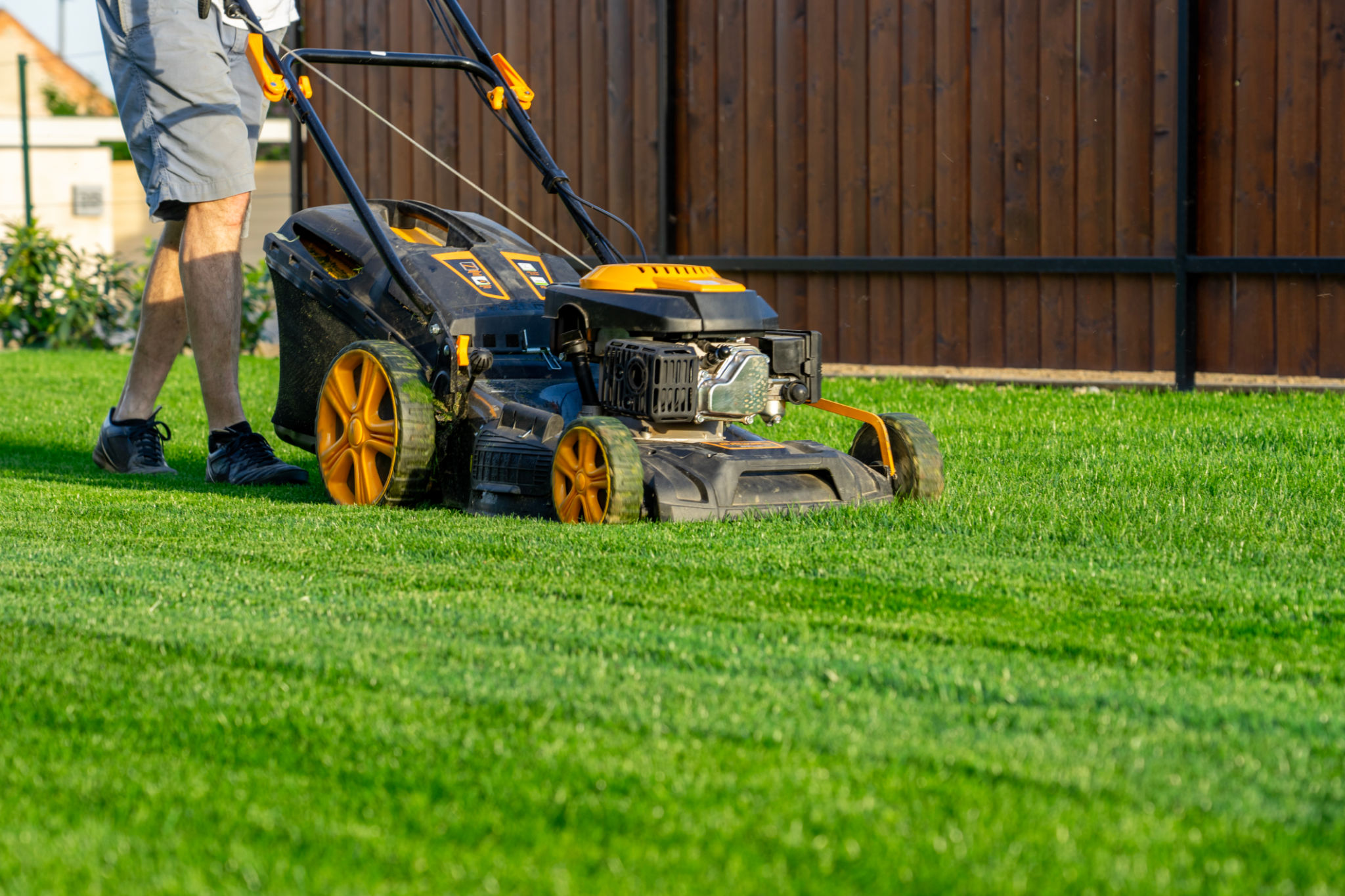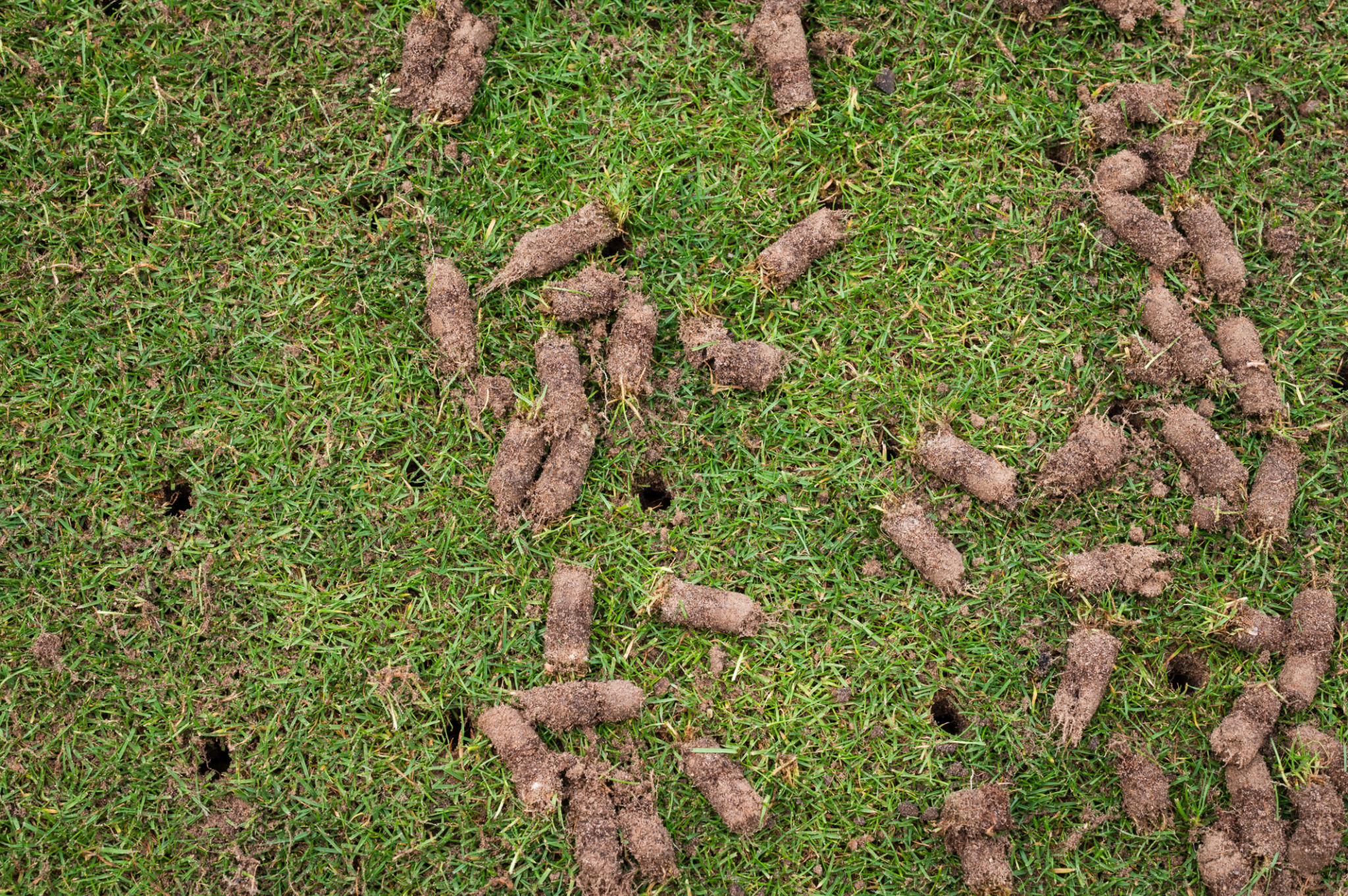Essential Lawn Care Tips for the Australian Climate
Understanding the Australian Climate
Australia's climate is diverse, ranging from the tropical north to the temperate south, which means that lawn care strategies can differ significantly across regions. Understanding the specific climate conditions in your area will help tailor your lawn care practices effectively. The key is to work with the weather, not against it, to ensure a lush and healthy lawn.
In areas with hot summers and mild winters, such as parts of Queensland and New South Wales, lawns can be prone to heat stress and water scarcity. Conversely, in cooler regions like Tasmania or Victoria, lawns may face issues with frost or excessive moisture. Knowing these nuances will allow you to optimize your lawn care routine.

Choosing the Right Grass Type
Choosing the appropriate grass variety for your region is crucial for lawn success. In warmer climates, consider varieties like Buffalo or Kikuyu, which are known for their drought tolerance and robust growth. On the other hand, cooler areas benefit from cool-season grasses such as Ryegrass or Fescue, which thrive in lower temperatures.
When selecting grass, also consider factors such as sun exposure, soil type, and intended lawn use. This ensures that your choice not only survives but thrives in the local environment.
Watering Wisely
Efficient watering is essential for a healthy lawn, particularly in Australia where water conservation is critical. Watering in the early morning or late afternoon minimizes evaporation and ensures that moisture reaches the roots where it's needed most.

It's important to water deeply but infrequently. This encourages deep root growth and makes your lawn more resilient to drought conditions. Installing a rain sensor on your irrigation system can also help conserve water by preventing unnecessary watering.
Feeding Your Lawn
Nourishing your lawn with the right nutrients is vital for its health and appearance. Fertilizing during the growing season provides essential nutrients like nitrogen, phosphorus, and potassium. However, timing and quantity are key—too much fertilizer can harm the environment and your lawn.
- Spring: Apply a slow-release fertilizer to kickstart growth.
- Summer: Use a balanced fertilizer to maintain health during peak growth.
- Autumn: Apply a fertilizer high in potassium to strengthen roots for winter.
Mowing Techniques
Mowing plays a significant role in lawn care. The golden rule is never to cut more than one-third of the grass height at a time. This prevents stress on the grass and encourages dense growth. Adjusting your mower height seasonally also helps; for example, leaving grass slightly longer in summer can shade soil and reduce water loss.

Regular maintenance of your mower blades ensures a clean cut, reducing the risk of disease and pest infestation. Dull blades tear grass, making it susceptible to damage.
Pest and Weed Management
Pests and weeds can quickly become problematic if not managed properly. Identifying common pests like grubs or armyworms early allows you to take action before they cause significant damage. Similarly, regular inspection for weeds can prevent them from overtaking your lawn.
Integrated Pest Management (IPM) practices are effective in controlling these issues without heavily relying on chemicals, promoting a healthier environment.
Aeration and Soil Health
Aeration is essential for maintaining good soil health by allowing air, water, and nutrients to reach the roots. This process involves perforating the soil with small holes to alleviate compaction, especially in high-traffic areas.

Perform aeration during peak growing seasons for your grass type to optimize its benefits. Combined with topdressing using organic materials like compost, this practice can significantly enhance your lawn's resilience and vitality.
Seasonal Lawn Care
Lawn care is not a one-size-fits-all endeavor; it varies with the seasons. Spring is for rejuvenation and preparation, summer requires vigilant watering and mowing, autumn focuses on strengthening for winter, and winter involves minimal intervention.
By understanding these seasonal demands and adjusting your lawn care practices accordingly, you can enjoy a lush and vibrant lawn year-round that complements the unique Australian landscape.
